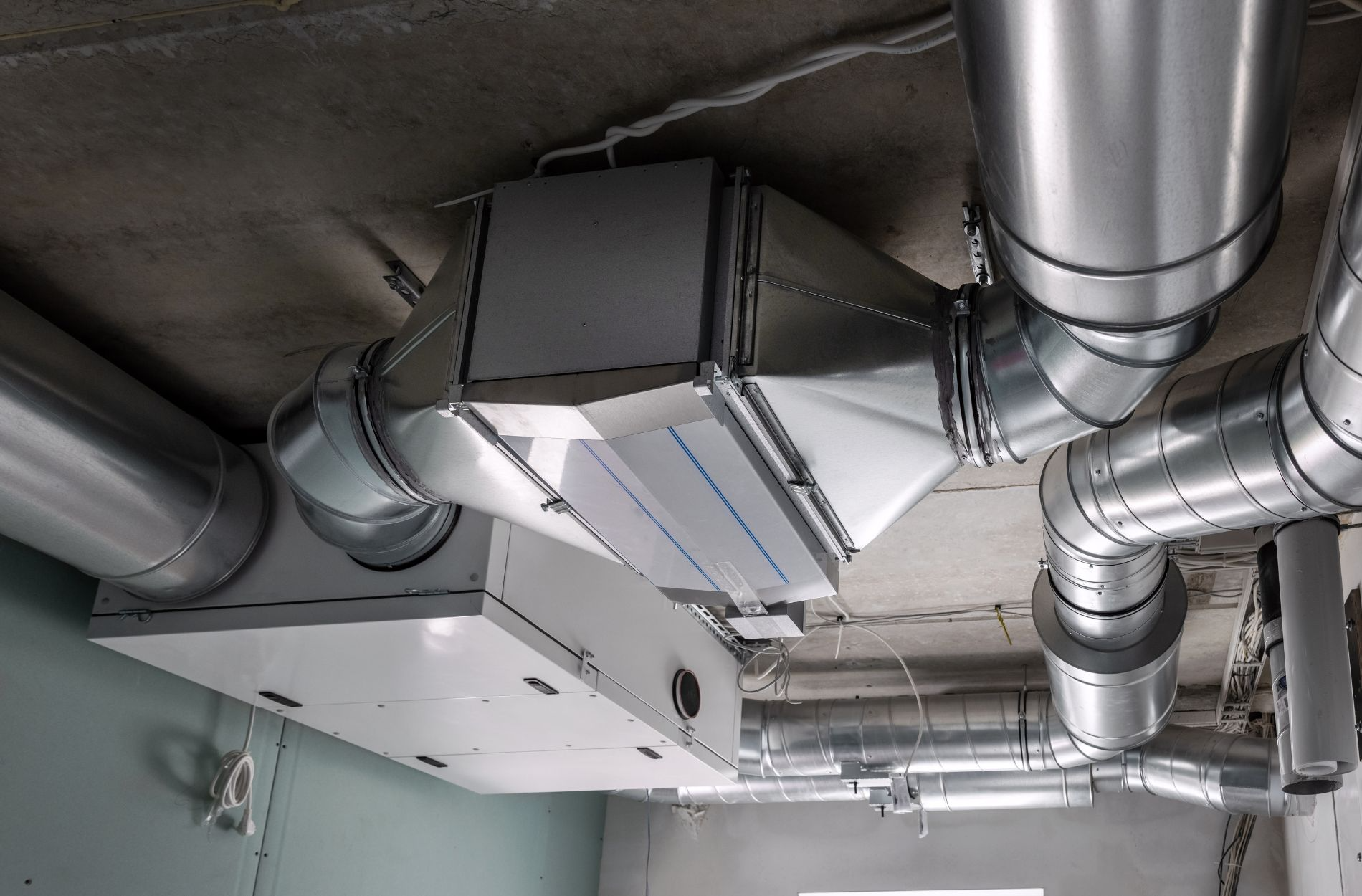Boost Your Property’s Indoor Air Quality With Energy Recovery And Heat Recovery Ventilators
Maintaining high standards of indoor air quality is essential for the well-being of occupants in residential and commercial properties alike. As property owners demand energy efficiency and eco-friendly solutions, it is crucial to strike the ideal balance between keeping their interiors well-ventilated and maintaining comfortable living and working environments. Enter Energy Recovery Ventilators (ERVs) and Heat Recovery Ventilators (HRVs), cutting-edge technologies designed to achieve these objectives.
Both ERVs and HRVs are energy-efficient ventilation systems that replace stale, contaminated indoor air with fresh outdoor air. By doing so, these devices provide consistent air circulation and promote healthy, odor-free interiors. Integrating ERVs and HRVs into your property’s air quality management strategy can positively impact occupants’ health and comfort, as well as the overall energy efficiency of your building.
Continue reading as we delve deep into the promising world of ERVs and HRVs, their operating principles, primary differences, and the numerous benefits they provide. Additionally, we will showcase our expert capabilities in recommending, installing, and maintaining ERV and HRV systems for both residential and commercial customers. By working together, we can help improve your indoor air quality while reducing your property’s energy consumption, ensuring a healthy and cost-effective living or working environment for all occupants.
Understanding ERVs And HRVs: How Do They Work?
- Energy Recovery Ventilators (ERVs): ERVs work by simultaneously exhausting stale indoor air and drawing in fresh outdoor air to provide balanced ventilation. The unique feature of ERVs is their energy exchange core, which transfers heat and humidity between the incoming and outgoing air streams. This process reduces the load on your heating and cooling system, as the ERVs precondition the incoming air to match your indoor climate settings. As a result, ERVs maintain comfortable indoor humidity levels, regardless of the outdoor conditions.
- Heat Recovery Ventilators (HRVs): HRVs also operate by exchanging indoor and outdoor air streams, but they differ from ERVs in that they only transfer heat and not humidity. HRVs are typically better suited for cold climates, where indoor air tends to be excessively moist during the heating season. By recovering and transferring heat between air streams, HRVs minimize heat loss while ensuring proper ventilation, improving energy efficiency.
Key Differences Between ERVs And HRVs
- Humidity Control: ERVs offer superior humidity control compared to HRVs, as they transfer both heat and moisture between the incoming and outgoing air streams. This feature makes ERVs more suitable for properties located in regions with high outdoor humidity levels or year-round temperature fluctuations.
- Climate Suitability: While ERVs generally excel in humid climates, HRVs are often more suitable for cold climates where controlling indoor moisture levels is a higher priority. HRVs efficiently extract excess moisture from indoor air and expel it outdoors, preventing condensation, mold growth, and potential structural damage.
- Energy Efficiency: Both ERVs and HRVs contribute to improved energy efficiency by preconditioning the fresh air they introduce into your property. However, since ERVs transfer both heat and humidity, they may provide slightly higher overall energy savings over HRVs, depending on your location and the property’s ventilation requirements.
Benefits Of Integrating ERVs And HRVs In Your Property’s Ventilation Strategy
- Improved Indoor Air Quality: ERVs and HRVs work wonders in removing stale, contaminated air and replacing it with fresh outdoor air. This process reduces indoor pollutants such as allergens, volatile organic compounds (VOCs), and unpleasant odors, ensuring a healthier living or working space.
- Enhanced Energy Efficiency: By recovering heat and, in the case of ERVs, humidity from the outgoing air, these systems reduce the load on your heating and cooling system, ultimately lowering your energy consumption and utility bills.
- Balanced Ventilation: ERVs and HRVs provide balanced ventilation, meaning they simultaneously exhaust stale air and introduce fresh air into your property. This essential characteristic ensures that your property’s indoor air does not become overly pressurized or depressurized, promoting healthy and comfortable interiors.
Expert ERV And HRV Installations And Maintenance With Our Team
- Personalized Ventilation Recommendations: Our professionals help you determine the ideal ERV or HRV system for your property, taking into account factors such as climate, property size, and existing HVAC systems.
- Skilled Installation: Our technicians ensure expert installation of your chosen ERV or HRV system, considering your property’s specific layout and ventilation requirements. Seamless integration is vital for achieving maximum performance and minimizing any potential issues.
- Ongoing Support: Proper maintenance is crucial for optimal ERV or HRV performance and longevity. Our skilled technicians provide regular filter changes, cleaning, and other essential maintenance services to ensure that your system continues to deliver outstanding indoor air quality and energy efficiency.
Conclusion
Investing in an Energy Recovery Ventilator or Heat Recovery Ventilator is an excellent way to improve your property’s indoor air quality, enhance energy efficiency, and maintain comfortable living or working environments for occupants. Understanding the differences between ERVs and HRVs is crucial when selecting the appropriate system based on your specific needs and location.
Partner with All Around Heating, Air & Solar Construction, and trust our HVAC company in Chico, CA, to provide personalized recommendations, expert installations, and comprehensive maintenance services for your ERV or HRV system. Contact us today to learn how we can assist you in achieving better indoor air quality and energy savings for your residential or commercial property.















